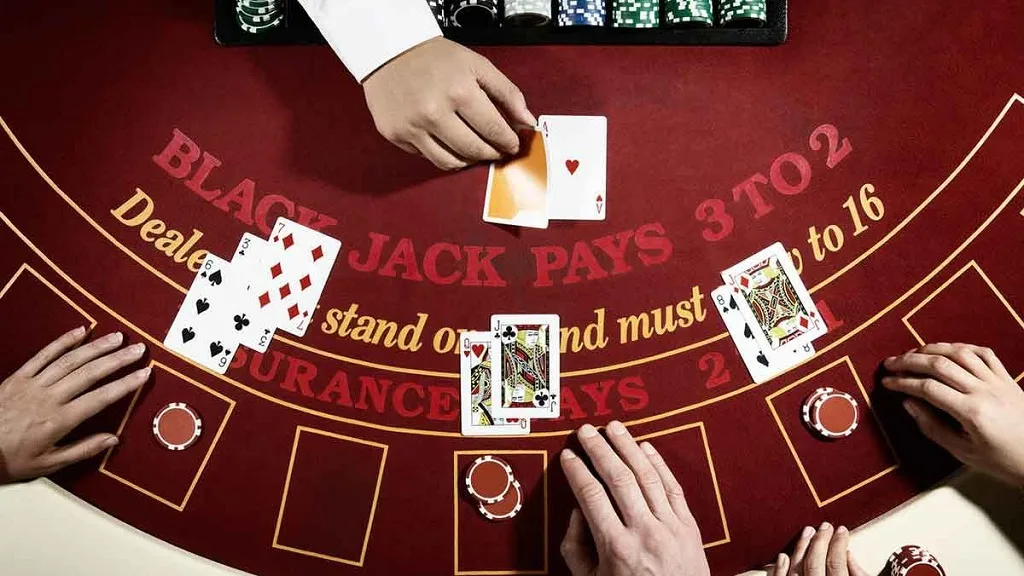
The Art of Card Counting: Techniques, Effectiveness, and Expert Tips
Card counting, a renowned strategy in the realm of card games, has captivated players for decades with its allure and controversy.
What is Card Counting in Card Games?
Card counting is a technique used to track the relative abundance of high and low cards in a deck, primarily in games like blackjack. It gained prominence in the 1960s with the publication of Edward Thorp’s book “Beat the Dealer,” which detailed various strategies for winning at blackjack, including card counting.
As casinos caught wind of this strategy, they implemented measures to thwart card counters, such as shuffling the deck more frequently. However, card counting remains a widely discussed and practiced skill among avid players.
Games Suitable for Card Counting
Card counting is most commonly associated with blackjack, but it can also be applied to other card games with a known deck composition and where cards are dealt face-up. These include baccarat, Spanish 21, and certain variations of poker.
However, it’s crucial to note that card counting may not be as effective or even feasible in games with multiple decks, continuous shuffling machines, or where cards are dealt face-down.
Moreover, mastering card counting requires a deep understanding of the game’s rules, probabilities, and betting strategies.
Effectiveness of Card Counting
The effectiveness of card counting hinges on various factors, including the game being played, the skill of the player, and the casino’s countermeasures. While card counting can tilt the odds slightly in the player’s favor in certain situations, it’s not a foolproof method for guaranteed wins.
Additionally, casinos employ sophisticated surveillance systems and trained personnel to detect and deter card counters. Therefore, success with card counting often requires discretion and caution.
Ultimately, card counting can enhance a player’s overall strategy and enjoyment of the game, but it’s not a guaranteed path to riches.

How to Count Cards Correctly
Counting cards accurately involves assigning a value to each card and keeping a running tally based on the cards that have been dealt. The most common card counting system is the High-Low strategy, where low cards (2-6) are assigned a value of +1, high cards (10-Ace) are assigned a value of -1, and neutral cards (7-9) are assigned a value of 0.
Players then adjust their bets and playing decisions based on the remaining composition of the deck. To count cards effectively, practice, focus, and mental agility are essential.
Tips from Professionals
Seasoned card counters emphasize the importance of blending in with other players and avoiding detection by casino personnel. This involves maintaining a low profile, varying bet sizes, and refraining from excessive celebration or erratic behavior.
Furthermore, disciplined bankroll management and a thorough understanding of the game’s rules and strategies are paramount for success in card counting.
Is Card Counting a Useful Skill?
While card counting can provide a slight edge in certain situations, its utility ultimately depends on the individual player’s goals, risk tolerance, and dedication to mastering the craft.
For some, the thrill of outsmarting the casino and beating the odds is reward enough, while others may find more consistent success through other means of gameplay or gambling.
Regardless, delving into the world of card counting offers an intriguing glimpse into the intersection of mathematics, psychology, and strategy in the realm of card games.
